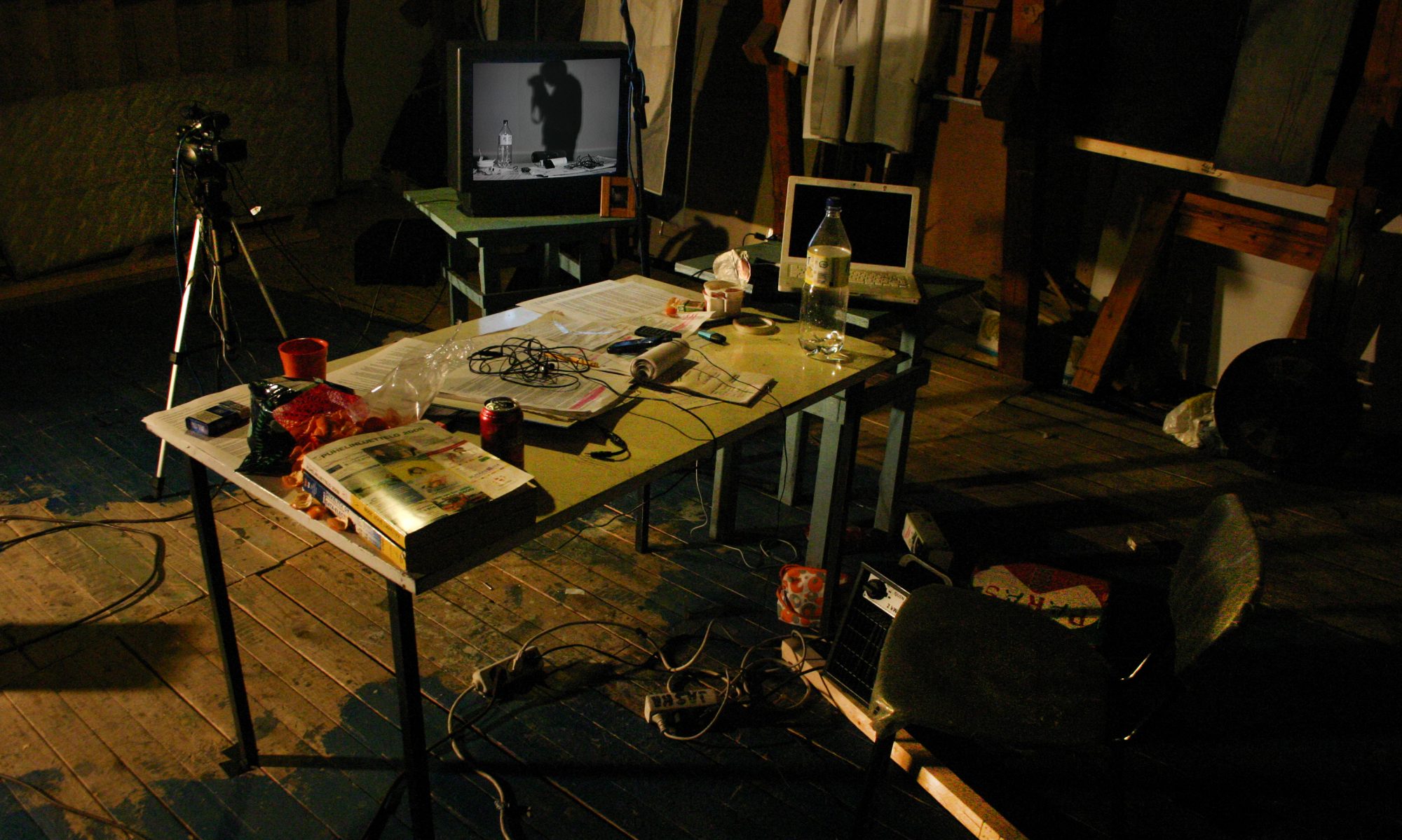Visited TeaK Bunch performances today by invitation of Matilda Aaltonen. I’ve been watching more dance this autumn then ever before. It inspires me. There is more potential for change in dance than in performance art!
There is something unceasing in witnessing dancers illustrate internal drives with their public bodies (they become everybodies and make the audience nobodies). Dance is magnificent acts and on stage, which the artist present in an unhesitant/pro-hesistant, inhumane manner. They have no stutter – Stutter is their art. This makes them too perfect to approach. They are shielded from penetrating gazes on all fronts. There were three breaks during the two hour post-humanism inspired dance potpourri. During the breaks the movements the performers echoed in the audiences posture. Everyone ended up putting on a show, walking more steadily and concentrated then before arriving. Everyone was afraid to show their imbalances, everyone was afraid to show “they didn’t get it”. This is how institutions terrorise us and this is how we can use empathy to change the world.
I’ve started to develop dance for my kettlebell. “Workout in four parts”:
- Warm-up, kettlebell and techno making (as demoed at NPTurku for Pilvi)
- Protein-shake and kettlebell worship (for this I’ll use the stutter/poses techniques presented by Philipp Gehmacher and I’ll ask Pilvi to design a protein drink for me)
- 16kg of meat to counterbalance the 16kg kettlebell on a swing (a short transitional act between workout and cooldown phase)
- Attaching a six pack of beer on my belly with duct tape and serve the audience with alkohol
- […]
- Profit

